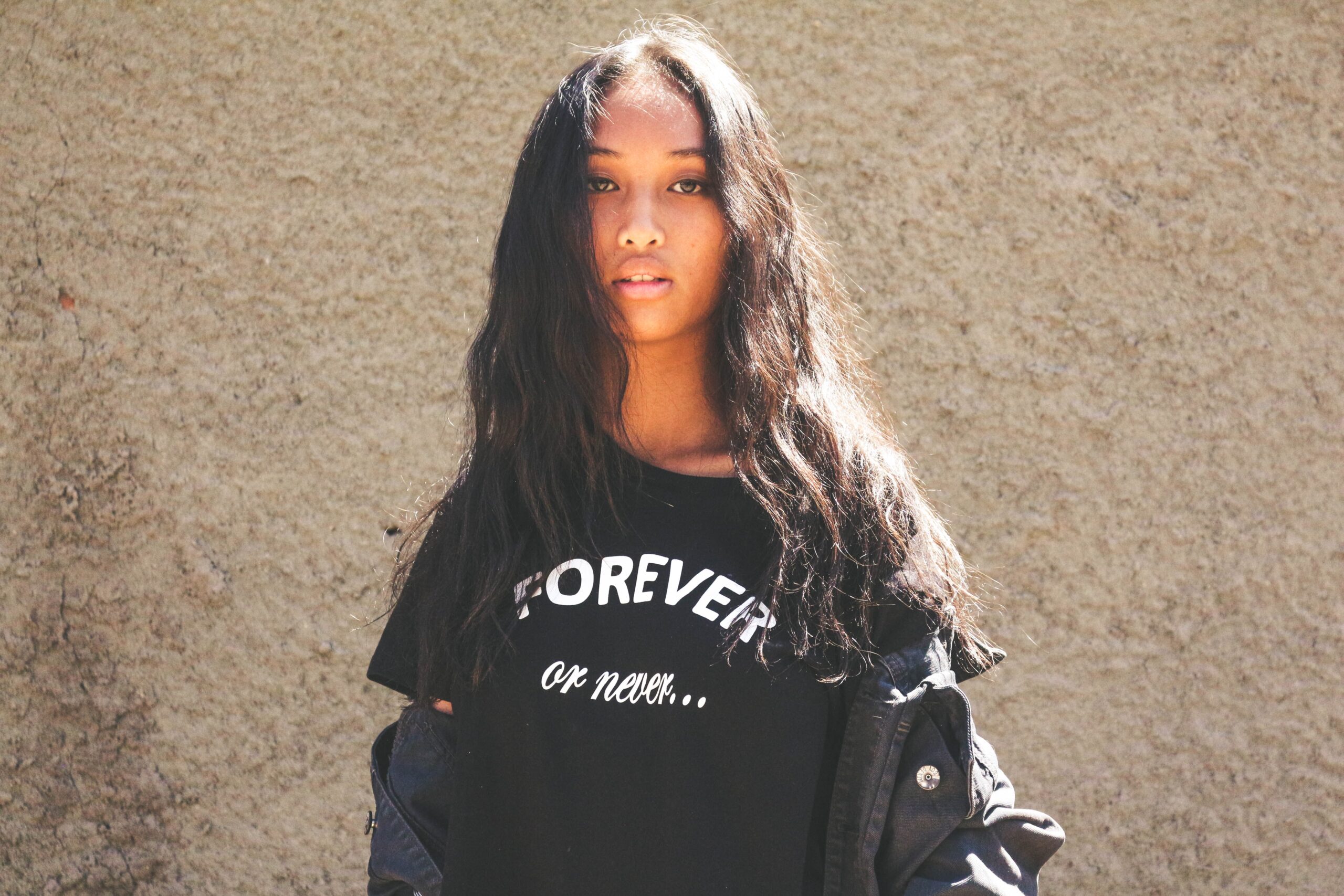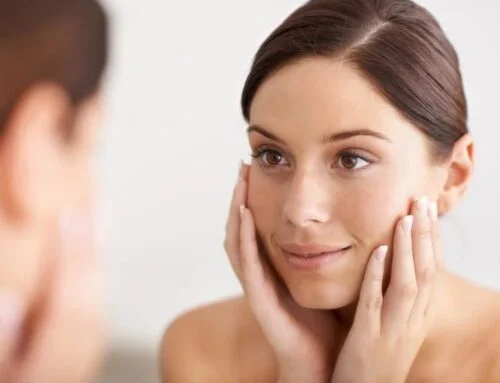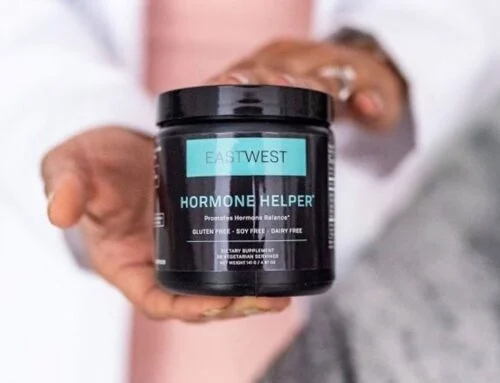Hair loss can be understandably devastating – but it’s also incredibly common. Hair loss affects over 80 million people in the US every year – 40% of which are women. In fact, 50% of women will experience hair loss within their lifetime. One of the most frustrating things about hair loss is how difficult it can be to treat – finding effective remedies isn’t always easy, because it can be hard to pinpoint the exact cause.
Humans shed between 50-100 hairs per day – so anything more than this on a regular basis is typically considered to be abnormal. Hair loss looks different for everyone, but if you’re noticing more shedding than normal over an extended period of time, it may be time to look into the potential causes and treatments available.
Causes of hair loss in women
Hair loss in women and men typically looks very different, and has different causes. Whilst hair loss in men tends to be genetic or related to a specific condition worsening over time, women’s hair loss can come and go and tends to be associated with or triggered by certain events throughout their lives. The causes of hair loss in women tend to be more complex and trickier to pinpoint – but most women respond well to treatment.
Identifying the root cause is key
In an effort to quickly stop hair loss from progressing, many women are understandably attracted to hair loss products such as shampoos, serums and topical treatments. Whilst these products often help in the short-term, seeing a doctor who can assess your health and any lifestyle issues that could be contributing to hair loss is an important first step.
That’s why a holistic, integrative approach to hair loss is so important. Without taking into account the many different aspects of health and any underlying lifestyle concerns which might affect the health of our hair, we can’t effectively stop hair loss in its tracks now or prevent it from returning in the future. This approach seeks to address the root cause, rather than adopting a ‘sticking plaster’ approach involving ‘hair growth’ supplements and hair care products. These topical treatments can work well – but without treating the true cause of hair loss, they often quickly stop working when you no longer use them.
 Poor nutrition and deficiencies
Poor nutrition and deficiencies
One of the most common hidden influences behind hair loss is a poor diet. Malnutrition doesn’t just occur in underweight people – it is also a symptom of an imbalanced diet which lacks sufficient nutrients and essential vitamins to keep you healthy. Increased reliance on highly processed and refined foods has left many people at risk of nutrient deficiency. As hair is considered by the body as one of its least vital components, it is typically one of the first areas to suffer. If the body isn’t receiving or able to produce sufficient amounts of key vitamins and nutrients, this very quickly causes hair follicles to receive less nourishment and in turn, results in slower growth and a faster shedding rate.
Focus on eating a healthy, balanced diet consisting of as many whole foods as possible – foods that haven’t been overly processed and don’t contain refined flours and sugars, trans-fats and artificial flavorings and sweeteners. You may also want to include some hair-loving foods such as eggs, nuts and seeds, fatty fish and avocados.
Stress
Stress is becoming one of the most common causes of hair loss – most likely due to the persistently busy lifestyles we lead. External pressures, poor mental health and emotional distress can all have a major impact on the hair growth cycle, causing thinning or excessive hair loss over time.
Beyond the influence we can’t see, stress can also trigger certain behaviours that can lead to hair loss such as hair pulling, scalp picking or a poor haircare routine.
Hormones
For women, hormones often play a major role in the health and appearance of hair. Women tend to experience periods of increased hair growth (and more noticeable hair loss) during or after pregnancy, menopause and other significant events causing hormonal fluctuation. Conditions such as PCOS and endometriosis can cause excessive hair growth and shedding.
Hormone imbalance is also more common now. Increased incidences of hormonal imbalance may be due to the higher number of damaging influences we’re exposed to on a daily basis. Chemicals responsible for endocrine disruption are almost everywhere – from our tap water supply and food sources to common household products, skincare and make-up. Through reducing your exposure to these chemicals, you can avoid hormone imbalance or disruption which could affect the hair growth cycle.
 Medical conditions and medications
Medical conditions and medications
Certain medical conditions and medications can unfortunately have an impact on the hair growth cycle, and may influence hair loss or increased shedding. These include autoimmune diseases such as Lupus, chronic inflammation and thyroid disorders.
Drugs such as those used for depression and anxiety, arthritis, cancer and high blood pressure can also trigger hair loss. If you are concerned that a certain type of medication may be causing your hair loss, it’s important to speak to your doctor and discuss other options before reducing or stopping your intake.
Haircare
Many widely available hair care products are actually incredibly damaging for the hair and scalp. Using these products over an extended period of time can actually affect the health of your scalp and in turn interrupt the hair growth process at the follicle. Some of the more toxic products may even contain EDCs (Endocrine Disrupting Chemicals), which with exposure over time can cause hormonal imbalance, creating a vicious cycle which never improves. Opt for pure, natural products which are free from damaging chemicals and be sure to treat your hair with respect – brushing gently, using heat and sun protection and avoiding tight hairstyles which can pull at the hair follicles causing patchy growth.
Need highly effective, gentle support with hair loss? Shop our holistic hair support collection here.






